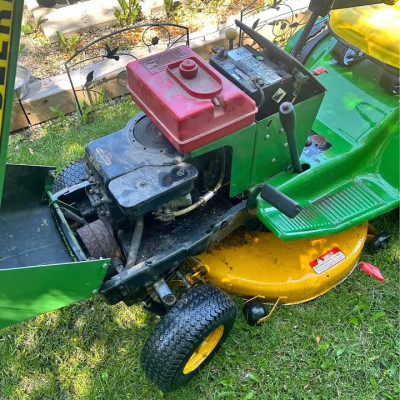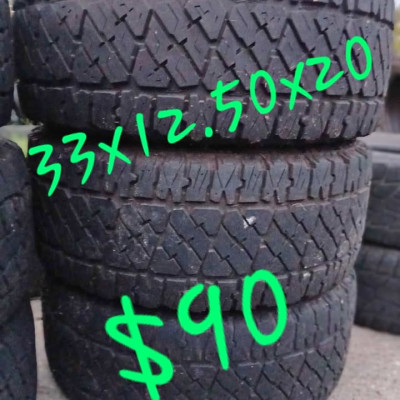DIY Sticky Balloon: Easy At-Home Tutorial
**DIY Sticky Balloon: Easy At-Home Tutorial**
Creating a DIY sticky balloon is a fun and simple science activity that you can do at home with your kids. This project not only entertains but also introduces basic principles of static electricity. Follow this easy tutorial to make your own sticky balloon and explore the wonders of static electricity.
**Materials Needed*
- Balloons (latex)
- Wool fabric or a wool sweater
- Small pieces of paper or tissue paper
- A dry surface (preferably on a non-humid day for best results)
**Steps*
1. **Inflate the Balloon*
- Blow up a balloon to a comfortable size and tie a knot to keep the air in.
2. **Create the Static Charge*
- Rub the balloon vigorously against a wool fabric or wool sweater for about 30 seconds. You can also rub the balloon against your hair if you don't have wool fabric. This action transfers electrons from the wool to the balloon, giving it a negative static charge.
3. **Prepare the Paper Pieces*
- Cut small pieces of paper or tissue paper and spread them out on a flat surface. You can also use lightweight materials like confetti or tiny Styrofoam balls for this experiment.
4. **Test the Stickiness*
- Hold the charged balloon close to the small paper pieces without touching them. Watch as the paper pieces are attracted to the balloon and stick to it. The static charge on the balloon causes the paper pieces to be drawn to it due to the opposite charges attracting each other.
5. **Explore Further*
- Move the balloon around and see how long the paper pieces stay attached. Try rubbing the balloon again to recharge it and observe if it can pick up more pieces or hold them for a longer period.
- Experiment with other lightweight materials like small bits of aluminum foil, feathers, or even hair to see how they react to the static charge.
**Tips for Success*
- **Dry Environment* This experiment works best in a dry environment. High humidity can cause the static charge to dissipate quickly, making it harder to see the sticky effect.
- **Use Lightweight Materials* The lighter the materials, the easier they will be attracted to the balloon’s static charge.
- **Rub Vigorously* Ensure you rub the balloon against the wool fabric vigorously to create a strong static charge.
**Scientific Explanation*
When you rub the balloon with wool, electrons from the wool transfer to the balloon, giving the balloon a negative charge. The small pieces of paper are neutral, but when the negatively charged balloon comes close, it induces a positive charge on the side of the paper pieces closest to the balloon. Opposite charges attract, so the paper pieces stick to the balloon.
**Conclusion*
This DIY sticky balloon experiment is a great way to introduce kids to the concept of static electricity in a fun and interactive manner. With just a few household items, you can explore the wonders of science right at home. Enjoy experimenting and discovering more about how static electricity works!
Respect!
Kommentar
Delen





